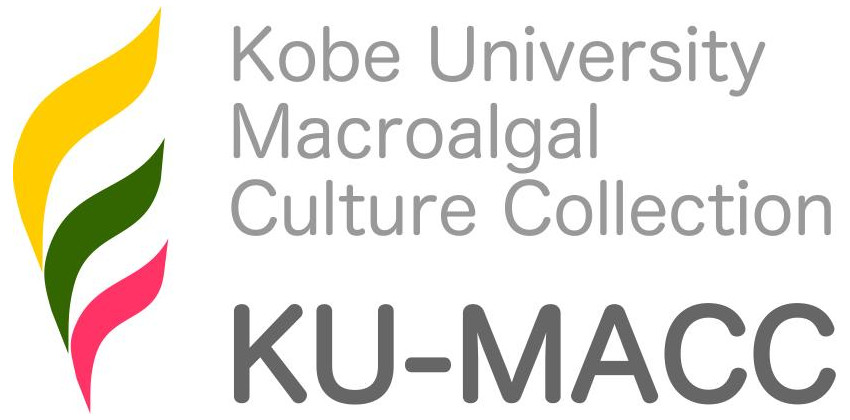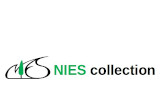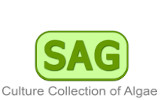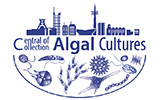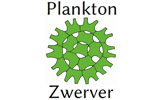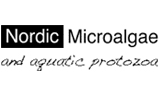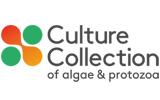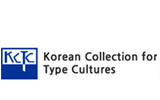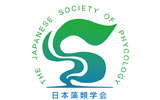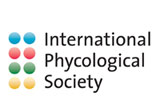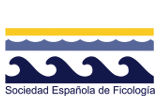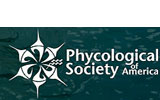Bonnemaisonia asparagoides (Woodward) C.Agardh 1822
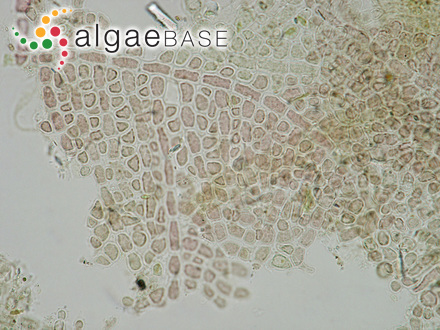
Current name:
Bonnemaisonia asparagoides (Woodward) C.Agardh
microscope, Hymenoclonium phase Spain, Galicia, Ría de Arosa, 1996Ignacio Bárbara (barbara@udc.es)
Publication Details
Bonnemaisonia asparagoides (Woodward) C.Agardh 1822: 197
Published in: Agardh, C.A. (1822). Species algarum rite cognitae, cum synonymis, differentiis specificis et descriptionibus succinctis. Volumen primum pars posterior. pp. [v-vi], 169-398. Lundae [Lund]: ex officina Berlingiana.
Publication date: probably Oct 1822
Type Species
This is the type species (lectotype) of the genus Bonnemaisonia.
Status of Name
This name is of an entity that is currently accepted taxonomically.
Basionym
Fucus asparagoides Woodward
Type Information
Type locality: Norfolk, England; (Woodward 1794) Lectotype: original illustration (Woodward 1794: pl. 6)
General Environment
This is a marine species.
Description
Gametophyte with feathery fronds, much branched, to 250 mm long, main axis cylindrical or slightly compressed, to 3 mm wide, from small discoid base. Branches alternate, distichous, covered with alternating, spinelike corticated ramuli about 2 mm long in one plane. Tetrasporophyte (Hymenoclonium-phase) a minute prostrate disc 2-4 mm diam.
Habitat
The gametophytes are summer annuals (May-September) found on rock, very low intertidal or subtidal (to 30 m), widely distributed, frequent. Sporophyte subtidal, on shells, stones, etc., very rare.
Key Characteristics
Short, almost spiny branchlets in two rows; specimens also degenerate quick unless kept in water and in a cool place.
Similar Species
B. hamifera is less common and more seasonal (March to June, inclusive, and has distinctive and unique crozier-shaped modified branches that hook on to other algae; Naccaria wiggii is even less common and has branchlet that grow radially on the axes.
Created: 31 March 1996 by M.D. Guiry.
Last updated: 17 February 2020
Verification of Data
Users are responsible for verifying the accuracy of information before use, as noted on the website Content page.
Taxonomic note
The only apparent difference between B. clavata and B. asparagoides is that it is dioecious whilst the the latter is monoecious. As B. asparagoides has a direct life history, I speculate that the situation is the same as in Mastocarpus stellatus: entities that are monoecious have a direct life history with no tetrasporophyte; entites that are dioecious have a heteromorphic tetrasporophyte. In that instance the two are likely to be part of the same species. - (11 May 2006) - G.M. Guiry
Linking to this page: https://www.algaebase.org/search/species/detail/?species_id=105
Citing AlgaeBase
Cite this record as:
M.D. Guiry in Guiry, M.D. & Guiry, G.M. 17 February 2020. AlgaeBase. World-wide electronic publication, National University of Ireland, Galway. https://www.algaebase.org; searched on 31 March 2025
 Request PDF
Request PDF